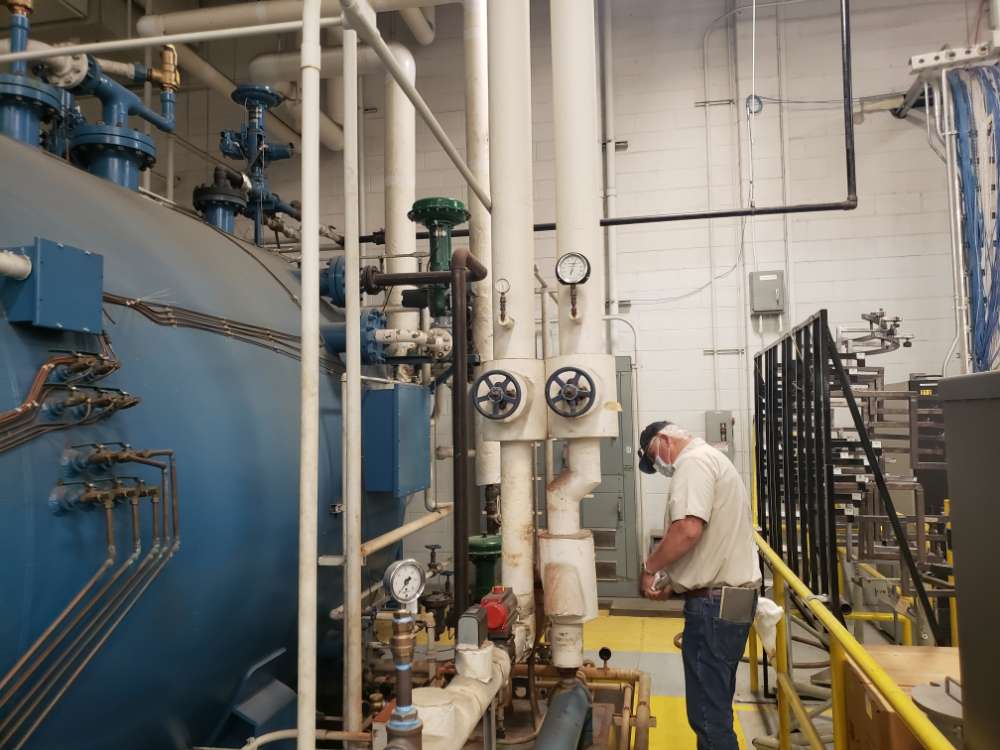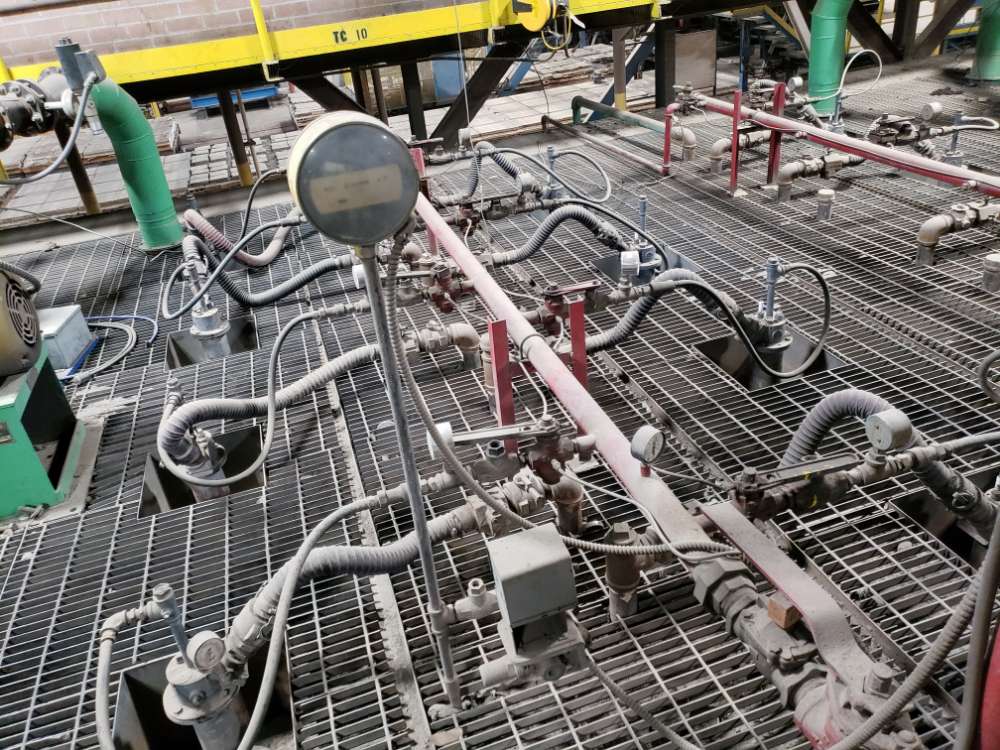
Preventive maintenance. At its core, it’s the act of routinely inspecting and servicing equipment to nip potential issues in the bud.
Rather than waiting for machinery to break down, we address minor issues before they escalate. Imagine this approach as the regular health check-ups we humans have – they might seem tedious, but they keep us running at our best.
Now, why should industries care? Well, in today’s fast-paced industrial landscape, equipment is the backbone. Any downtime not only affects production but can also lead to significant monetary losses. By ensuring machinery is maintained, industries are essentially safeguarding their productivity and bottom line.
When it comes to PEC, reliability isn’t just a buzzword; it’s a commitment. Our team believes in the old adage, “A stitch in time saves nine.” By being proactive in our maintenance approach, we not only extend the life of the equipment but also ensure it functions at peak efficiency.
But how do we do it? At PEC, we develop custom maintenance schedules for every client. These aren’t one-size-fits-all plans but are tailored to individual equipment and processes. The goal? Minimal downtime.
After all, in the industrial world, time is money. With a clear, structured maintenance calendar, we ensure that any potential issues are addressed promptly, keeping disruptions at bay.
There are primarily two approaches when it comes to maintenance: reactive and preventive. While reactive maintenance is about addressing issues after they occur, preventive maintenance is the forward-thinking approach. It’s about foreseeing issues and addressing them beforehand.
But here’s the catch. Simply having a preventive approach isn’t enough. Adhering to maintenance schedules is crucial.
Think of it like watering a plant. You can’t just water it whenever you remember. It requires a regular, scheduled approach to truly thrive.
Similarly, a well-defined maintenance schedule is the secret sauce to improving equipment reliability. By routinely checking and servicing machinery, not only do we reduce the chances of sudden breakdowns but we also enhance its overall lifespan.
So, while the machinery gets its regular “health checks,” businesses enjoy consistent, efficient production cycles. It’s a win-win!
Preventive maintenance is an evolving discipline, branching out to cater to various industrial needs. Each type serves a unique purpose and brings its own set of advantages to the table.
By understanding and appropriately implementing these maintenance types, industries can optimize equipment life, reduce costly downtimes, and improve overall efficiency.

Every masterpiece requires a master plan. In the realm of industrial equipment, the masterpiece is prolonged equipment life and optimal functionality. And the master plan? A comprehensive maintenance strategy.
At PEC, we believe in a multi-pronged approach. We don’t just focus on one type of maintenance. Instead, we blend the advantages of preventive maintenance with predictive insights and regular check-ups. By doing so, we ensure equipment gets the care it needs, exactly when it needs it.
We place heavy emphasis on manufacturer-recommended practices. After all, who knows the equipment better than those who created it? These guidelines, combined with PEC’s expertise, ensure that machines are maintained at their peak performance levels.
In an era where every penny counts and efficiency is more than just a buzzword, preventive maintenance stands out as a key strategy for industries worldwide. To better understand its significance, let’s delve into some hard-hitting statistics and studies that highlight its impact.
According to a report from the U.S. Department of Energy, implementing preventive maintenance can result in drastic improvements:
When pitted against reactive maintenance, preventive methods have shown savings ranging from 30-40%. Even more impressive, when compared directly to preventive maintenance, savings of 8-12% have been recorded. Source
Deloitte’s 2017 study strikes a slightly more conservative tone but underscores the undeniable potential of predictive maintenance. Their research indicates that:
Further, according to research, depending on the facility’s condition and maintenance prowess, businesses can enjoy savings ranging from 30 to 40% with predictive maintenance. Remarkably, a well-structured predictive maintenance program can drastically reduce breakdowns by 70 to 75% and practically nullify catastrophic breakdowns. Source
Lastly, taking a macro look, the global predictive maintenance market’s potential is evident in its growth trajectory. From being valued at 4.5 billion U.S. dollars in 2020, it is projected to catapult to a staggering 64.3 billion U.S. dollars by 2030, as highlighted by the consulting group Next Move Strategy Consulting. Source
These numbers undeniably underscore the power of preventive and predictive maintenance. These aren’t mere operational tweaks but foundational strategies that can transform an organization’s bottom line, ensuring prolonged equipment life and significantly reduced operational costs.
At the heart of industrial efficiency lies a robust preventive maintenance program. Preventive maintenance tasks ensure equipment runs smoothly, catching minor issues before they escalate. With readily available spare parts, downtimes are drastically reduced. Our expert maintenance technicians play an invaluable role in executing tasks and addressing intricate machinery concerns.
Organizing these tasks are pivotal work orders, streamlining maintenance activities, and maximizing resource allocation. And let’s not forget the broader picture: plant maintenance ensures the entire facility and all equipment operate seamlessly, backed by preventive maintenance scheduling, minimizing disruptions.
In a high-paced industrial world, every moment counts. Trust PEC’s expertise for unparalleled efficiency. Prioritize your equipment’s health and maximize returns. Contact PEC today—where we redefine industrial maintenance excellence.